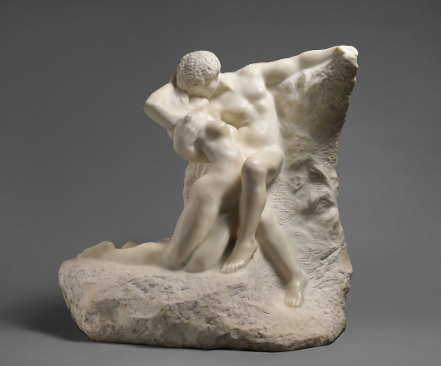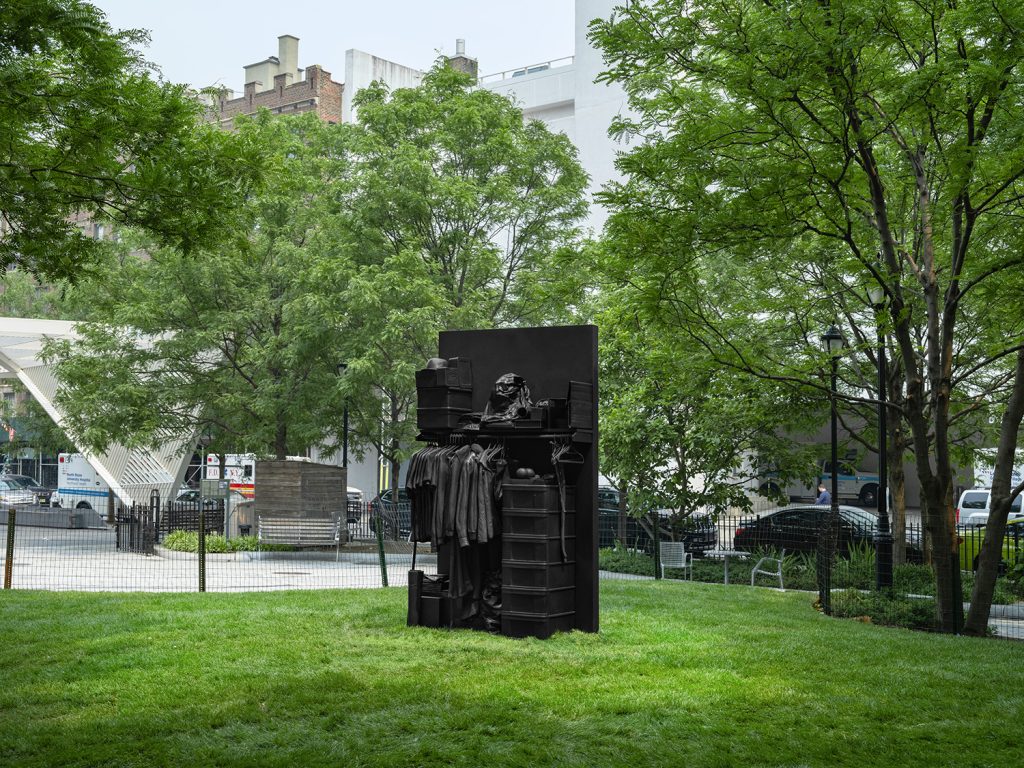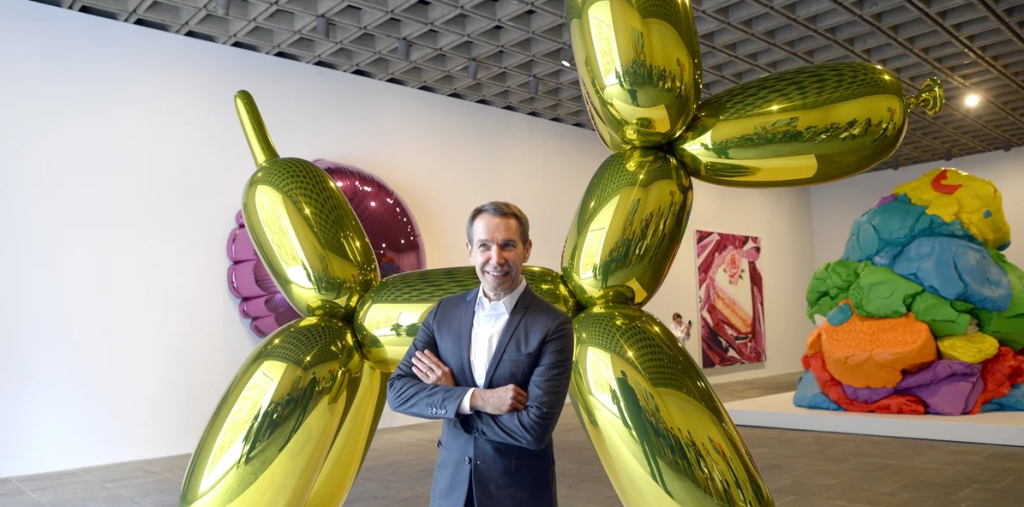The Essence of Emotion: Exploring Rodin’s Masterpieces
Auguste Rodin, often regarded as the father of modern sculpture, has left an indelible mark on the art world. His ability to convey deep emotion through form and texture resonates with audiences even today. This exploration of Rodin’s masterpieces unveils the passion and intensity woven into his work, making it a significant topic for both art enthusiasts and casual admirers.
The Thinker: Contemplation in Bronze
One of Rodin’s most iconic pieces, “The Thinker,” encapsulates the essence of human contemplation. Originally part of a larger work, “The Gates of Hell,” this sculpture depicts a solitary figure deep in thought. The muscular form and intricate details highlight the tension and intensity of intellectual struggle. This piece invites viewers to reflect on their own thoughts and decisions, making it a powerful symbol of human introspection.
The Kiss: A Celebration of Love
“The Kiss” is another masterpiece that exemplifies Rodin’s skill in portraying emotional connections. This sculpture depicts two lovers locked in an embrace, their bodies entwined in an almost ethereal manner. Rodin’s attention to detail, from the texture of their skin to the folds of their clothing, captures the intimacy of love and longing. The piece invites viewers to experience the warmth and tenderness of romantic bonds, making it a timeless symbol of affection.
The Burghers of Calais: Sacrifice and Nobility
In “The Burghers of Calais,” Rodin commemorates a poignant historical event filled with themes of sacrifice, bravery, and nobility. This sculpture portrays six citizens of Calais who volunteered to surrender themselves to save their city during the Hundred Years’ War. Through their facial expressions and body language, Rodin conveys the weight of their decision, capturing a moment of profound despair mixed with dignity. This work invites viewers to consider themes of courage and selflessness that resonate throughout history.
Conclusion
Auguste Rodin’s masterpieces remind us of the power of emotion in art. His ability to express complex human feelings—whether through contemplation, love, or sacrifice—continues to inspire and engage audiences. As you delve deeper into Rodin’s world, consider visiting a museum or exploring online galleries to witness the beauty and emotion embodied in his work. Each piece is a testament to the delicate interplay between art and the human experience.


